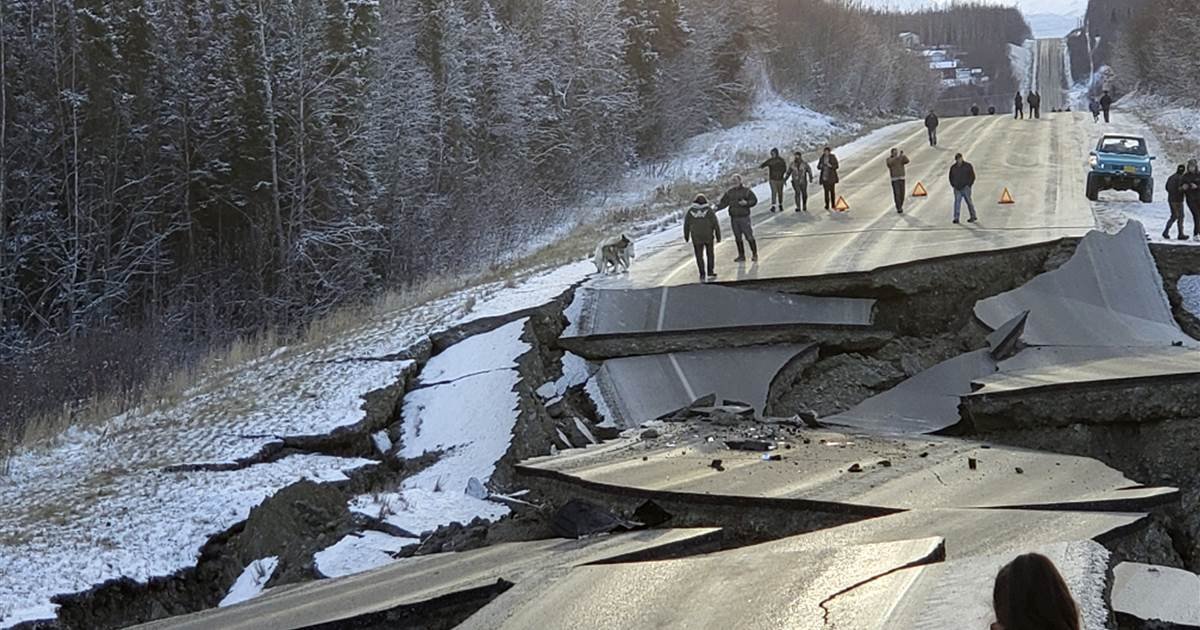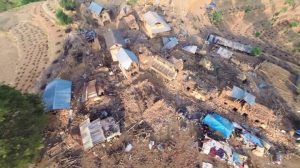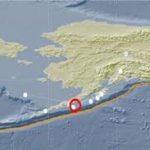It is to be taken with caution as a 7.
8 magnitude earthquake hit the coast of the southern part of Alaska well into Tuesday night, concerning many Alaskans who needless to say felt the shock immediately in the wake of it all. The peninsula was also sounded off with a temporary tsunami concern and warnings. As for now, the situation remains rather tranquil.
The seismological analysis points to the center of the Pacific Ocean about 60 miles southeast of Perryville on the sparsely populated Alaska Peninsula, striking around 10:12 p.
m. local time (2:12 a.m. Wednesday ET). The said peninsula is a result of a geological erosion coming out from the mainland, giving the Alaskan state a some sort of a “beard”-like shape. Around it is the Aleutian Islands, stretching out onto the Behring Straits.
As of now, no immediate damage was reported, as further reports keep coming in to assure the people of Alaska. Aside from the above mentioned tsunami warning circumventing south Alaska and the Alaskan Peninsula canceled on Wednesday morning by the National Oceanic and Atmospheric Administration.
, there seems to be no official move made by the authorities, making it a relief for the residents considering the sheer size of the said quake.
The initial warning did lead to evacuations in Sand Point, a city located in the island populated by about a thousand people. “People in Sand Point gathered at a high school until shortly after midnight, when officials gave an all-clear,” according to a local newspaper.
“The first wave didn’t materialize, which is a great thing,” Jordan Keeler, an Anchorage-based city administrator told the Anchorage Daily News.
No reports of major structural damage were made on the island, Keeler told the newspaper. “We’ve canceled the (tsunami) advisories because it doesn’t look like it’s becoming a large wave or any larger,” National Tsunami Warning Center Director James Gridley said,
This quake’s depth was 28 kilometers, or 17 miles, the USGS said — relatively shallow. “Anything below 70 kilometers is considered a shallow quake,” meteorologist Allison Chinchar said.
“That’s important, because shallow earthquakes often cause the most damage, compared to the ones that are deeper, regardless of the strength.” More than 20 aftershocks followed the quake late Tuesday to early Wednesday, ranging from magnitudes of 2.
8 to 6.1.
If you liked this article, please LIKE SHARE AND COMMENT below! And don’t forget to check our other articles along the way!
Replaced!





